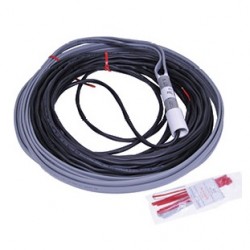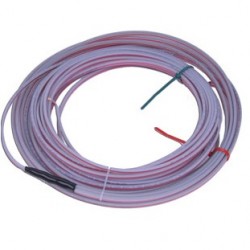BD Loops has been in business for over 16 years being a vendor for every major manufacturer in the gate and door industry.
Inductance Loops And How They Work
When Direct current passes through a wire an Electric Magnetic Field or Flux (EMF) is created around the wire. A good example is when a wire is coiled around a metal rod then energized with a battery; current flows through the wire and causes the rod to act like a magnet. The more turns in the coil or increases in current flow the greater the magnetic field or pull.
If the current is removed, the magnet field collapses back into the wire. In the case of Alternating Current such as AC, the current changes direction and sets up a magnetic field opposite of the same when the current was passing in the opposite direction. In an AC circuit, the field that is collapsing is pushing against the new developing field. This pushing back is a form of resistance known as Inductance. Anytime you have AC passing through a wire you will have this special resistance of Inductance. All detection loops will have AC current applied to them. That is why detection loops are referred to as Inductance loops. This inductance is measured in units of Henrys. A common range of inductance for a detection loop is 40 to 300 micro Henrys.
When a detector energizes a loop with an AC current. The size of the loop, number of winding in the loop, length of lead-in wire and wire size will determine the total resistance or inductance of the loop circuit. The detector will determine how much current is flowing through the loop and set that amount as the standard. When a metal object that can conduct electricity enters the EMF field created by the loop current, the metal object absorbs some of the clasping EMF fields. Because some of the clasping EMF field is now absorbed, it lowers the resistance in the loop circuit. This causes an increase in current flow through the wire that is detected by the detector. When this happens, the detector will either open or close a relay switch that activates a command in the gate operator such as open for exit, reverse for safety, or hold open or close for a swing gate with a center or shadow function.



